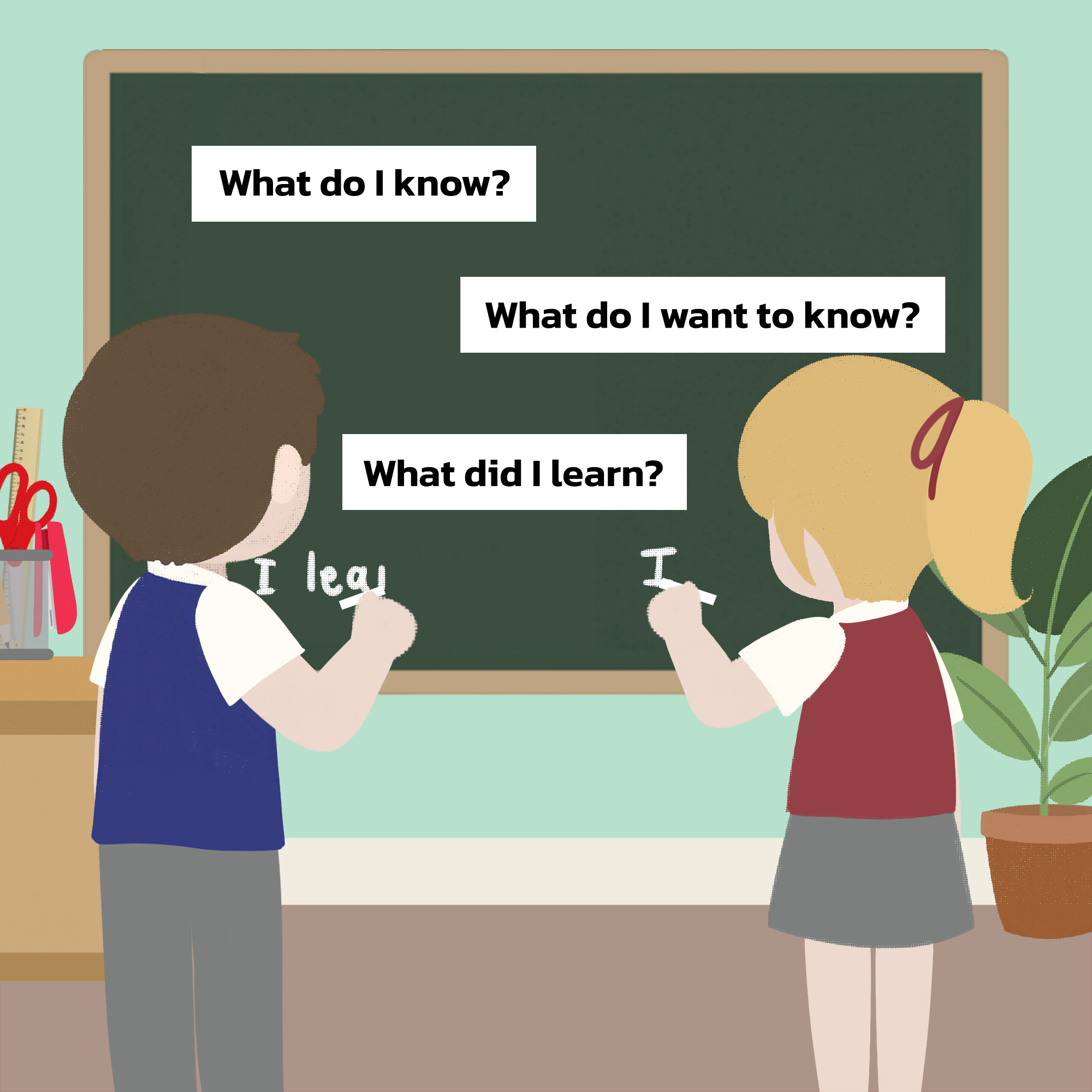An article by Richard James Rogers (Award-Winning Author of The Quick Guide to Classroom Management and The Power of Praise: Empowering Students Through Positive Feedback). This blog post has been beautifully illustrated by Pop Sutthiya Lertyongphati.
Accompanying podcast episode:
Unless you’ve been hiding in a cave for the past five years, it’s highly likely that you have heard the phrase ‘retrieval practice’ being bandied about multiple times at educational seminars, Professional Development workshops and even in the departmental meetings you’ve attended at school. It’s one of those areas of pedagogy that has gotten educators excited due it’s evidence-based effectiveness, as well it’s inclusion, affirmation and promotion of metacognitive strategies (another hot topic in education).
It is my observation, however, that the majority of teachers are not 100% clear about what retrieval practice actually is – in part because some of the professional literature on the issue is conflicting, and also because as a concept it complexifies something rather simple (something that teachers have being doing for decades): getting students to reflect upon and use what they know.
In today’s blog post, I aim to provide my readers with the following:
- A simple, understandable description of what retrieval practice is
- A handy acronym (P.O.W.E.R.) that we can all use to remember the stages we need to follow as teachers when carrying out retrieval practice with our students
- Some ideas on techniques and activities we can use in the classroom to facilitate good retrieval practice
Think ‘expression’ as opposed to ‘ingestion‘
I was most impressed with this great video by Unleash Learning which described retrieval practice as focusing on getting information out of students’ heads, rather than into students’ heads. This implies that retrieval practice only works if information has been put into the students’ heads in the first place – and this is true – retrieval practice is used as a follow-up when students have already been taught the information they need to know.

Students should be encouraged to articulate what they have learned in some way, and then use what they have learned in some way (e.g., to answer an exam-style question). Retrieval practice places heavy emphasis on learning rather than assessing, although low-stakes assessments can be used as part of the retrieval process (see this blog post of mine on assessment ‘for’, ‘of’ and ‘as’ learning for more info on that!).
Give your students the P.O.W.E.R. they need to succeed!
So, let’s look at an easy-to-remember step-by-step process for facilitating retrieval practice in the classroom – the P.O.W.E.R. technique.
Prime (P): Prime the Mind
Start by priming the mind. Review essential concepts, key points, or summaries to prepare your students for the learning experience ahead. A great activity for this is Mind Map Mayhem: Encourage students to create colourful mind maps summarizing key concepts from the previous lesson. They can use doodles, arrows, and even emojis to make it visually appealing. This primes their minds for what’s to come!
At this stage, summaries do not need to be organized – they can be scattered and random, and do not necessarily need to be handwritten – a group discussion, quick verbal presentation to the class or even a bulleted list will suffice.
Organize (O): Organize Thoughts Actively
Encourage active organization of thoughts. Have your students organize information in their own words, creating meaningful connections and enhancing comprehension through an engaged approach. There are many tools that can be used for this, but my favorites are:
- Mnemonics
- Acronyms
- Infographics
- Graphic organizers
- Google Slides, Docs, Sheets and Sites
- Flow charts
- Audio notes
It’s quite important at this stage that information follows the required pattern in which it needs to be retrieved in the final exams – e.g. the stages of cell division (in order), a timeline of King Henry VIII’s reign (in order), the points to raise in a written response to a language question (in order), etc.
Wrestle (W): Wrestle with Challenges
Yes! – we finally have a teaching acronym with ‘Wrestle’ in it (cue the giggles in teacher workshops all across the world from this point onwards). If nothing else, this wise choice of a word will help us all to remember that in this stage the students should tackle thought-provoking questions that demand active recall.
This step engages the mind in a mental wrestling match, strengthening memory and reinforcing the learning process.
The questions do not necessarily need to be provided in a mini-test or handout format (although you can go with that too), live quiz apps, verbal questioning, exam-style questions, past-papers, flash cards, quick writing exercises, worksheets and learning journals can all be used as tools to facilitate this process. At this stage, the questions should be low stakes, so that making mistakes is encouraged.
Evaluate (E): Evaluate Understanding
Promote self-evaluation to gauge understanding. Guide your students to reflect on their comprehension, identifying areas of strength and pinpointing topics that may require additional attention.

A great technique that teachers have been using for decades for this is Traffic Lights. Provide students with red, yellow, and green cards. Ask them to hold up the corresponding card to indicate their understanding. Red for unclear, yellow for partial, and green for solid comprehension. It’s a quick and visual way to evaluate understanding.
Again, live quiz apps can be used for student self-evaluation, as well as self-reflection rubrics. Metacognitive tools, such as self-regulation checklists, are also great for this.
In my current practice, I like creating Google Sheets in which students can type in their reflections as they do them – essentially creating a long-term digital journal/record of their progress. The sheets are very simple – usually asking which questions the students got wrong, why they got them wrong, and what they should do next to improve further. When created on a Google Classroom assignment, one sheet is enough, as a copy will be made for each student if you select the correct option from the drop-down menu.
Reinforce (R): Reinforce Through Practice
Transition to reinforcement through practice. Engage your students in hands-on activities, be it additional past-paper questions, problem-solving scenarios, experiments, or real-world applications. This step solidifies knowledge and encourages practical application.
One activity you might want to try (if you’re looking for something unusual) is Escape Room Extravaganza. Create a virtual or physical escape room with challenges related to the lesson. Students work in teams to solve problems, unlock clues, and apply their knowledge. A QR-code treasure hunt may work well for this, for example. It’s a fantastic way to reinforce learning through collaboration and critical thinking.
Conclusion
Retrieval practice is essentially a way to build long-term memory of concepts, skills, ideas, key vocabulary, techniques and knowledge. At some point after a topic or unit has been taught to your class, use the P.O.W.E.R. strategy to get your students retrieving that prior knowledge – you’ll soon find that concepts will be generally better understood, performance in future assessments will increase and students will feel more confident articulating, processing and recalling the material they have covered.
Recommended further reading
Head over to retrievalpractice.org where you will find lots of free, downloadable pdfs containing tons of advice on how to implement retrieval practice in your lessons.
We welcome you to join the Richard James Rogers online community. Check out our official Facebook Page, Instagram and Podcast for regular updates.


























